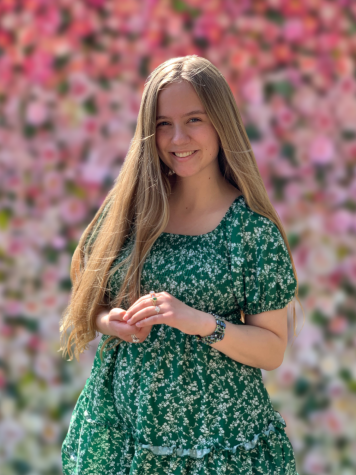Are brands finally ditching Photoshop and showcasing true bodies?
Apr 15, 2021
The fashion industry can be a wonderful world of creativity, expression and style. Unfortunately, it can also be a place of misleading images, dangerous ideals and exclusion. The fashion industry has long used tools like Photoshop and airbrushing to edit models to appear “perfect.” Brands like Victoria’s Secret and Ralph Lauren are infamous for airbrushing their models to achieve a flawless and unrealistic image.
This deception also exists on a smaller scale with celebrities editing their own images and posting them to social media. In a Time magazine interview with Blake Lively and Gigi Hadid, the pair claim that 99.9% of celebrities’ images are photoshopped. Editing images in this way creates harmful standards in the minds of both men and women.

My first real exposure to unrealistic body standards was through Instagram. While Instagram can be an amazing tool to discover, connect and share content, it can also be dangerous. Not only can sketchy strangers try to rope you into their pyramid schemes, like Mary Kay and Arbonne, but images of “perfect” bodies in “perfect” clothing can give viewers a warped idea of how they should look.
I downloaded Instagram my sophomore year of high school, and it quickly became a portal to all the ways I thought I should look and all the ways I could get there. The idea of clothes only looking good on a certain body type further fueled my desire to look that way. My obsession with looking a certain way spiraled out of control until I was losing a battle with orthorexia, an exercise and eating disorder.
While I recovered, I never fully forgave Instagram. I still feel overwhelmed and sick when I hear people talking about regimented schedules of exercise and eating. I want to tear down airbrushed images, especially when they are paired with headlines about how to lose weight or “be your best self.” I want to tell people who wish they looked a different way that it is not worth it, so they can learn from my mistakes.
I hate it when my little sister picks the skinny doll in stores because she wants her friends to think the doll is pretty. But I love fashion, and clothing can be so beautiful. I long for the experience to shop and dress confidently. The saddest part is even when I was at my worst (or best, depending on the view), I still did not feel like enough. I still did not think I was ready to buy those cute clothes marketed to someone who didn’t look like me.
What the fashion industry does not realize is that pushing these images of “perfect” people does not make customers want to buy their clothes. It makes customers feel like they can never buy these clothes because these clothes are not meant for them.
Recently, there has been a movement of acceptance and visibility in the fashion industry. Clothes are being designed to fit all bodies now. Brands like Dove, Aerie, Modcloth, ASOS and more have made a commitment to have honest photo shoots and show real bodies in their advertising and products.
Saying goodbye to airbrushing and Photoshop will send the fashion industry into an era where people can be confident and see themselves in the brands and models of clothes they buy. No longer will we be wistfully looking at pictures and thinking, “I would wear that if I looked like her.” We will instead be confidently saying, “She looks like me. I’m getting that.”












